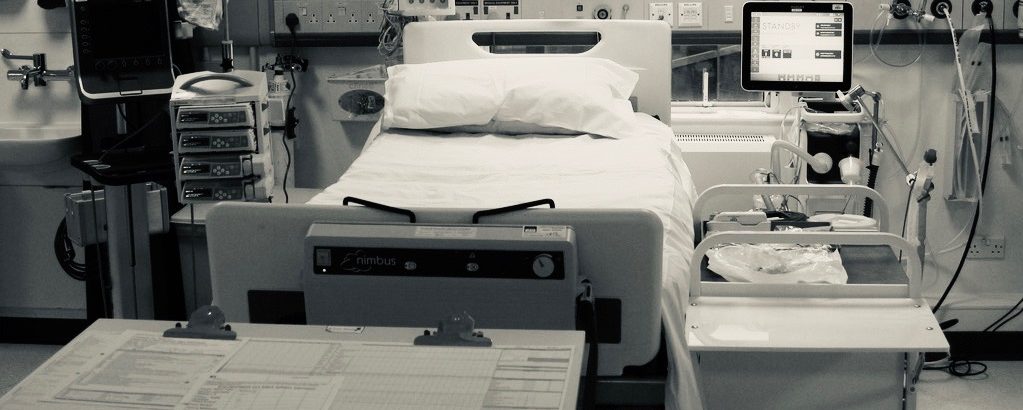These conditions are not the same but occasionally can occur together.
A heart attack occurs when the blood supply to the heart is interrupted and an area of heart muscle becomes starved of oxygen. This is usually due to a clot or blockage in one of the arteries supplying the heart. If left untreated the heart muscle can become damaged and begin to die. Treatment involves attempting to restore the blood flow and prevent further blockages.
A cardiac arrest occurs when the heart stops being able to pump blood around the body and can no longer supply the body’s vital organs with enough oxygen to function. Lack of oxygen to the brain will cause the patient to be unconscious.
A heart attack can sometimes lead to a cardiac arrest if the heart function is severely affected or the electrical activity which controls the heart becomes abnormal. However a cardiac arrest can also occur for many other reasons, including problems elsewhere in the body such as a clot in the lungs (pulmonary embolus), severe infection (sepsis), loosing a lot of blood or drowning.
During a cardiac arrest cardiopulmonary resuscitation (CPR) aims to maintain blood flow to vital organs and restart the heart. This involves compressions of the chest and assistance with breathing. Sometimes the patient will be given a controlled electric shock from a defibrillator in an attempt to restore the heart’s normal electrical rhythm. Unfortunately, despite CPR, it is frequently not possible to restart the heart.

Comments are closed